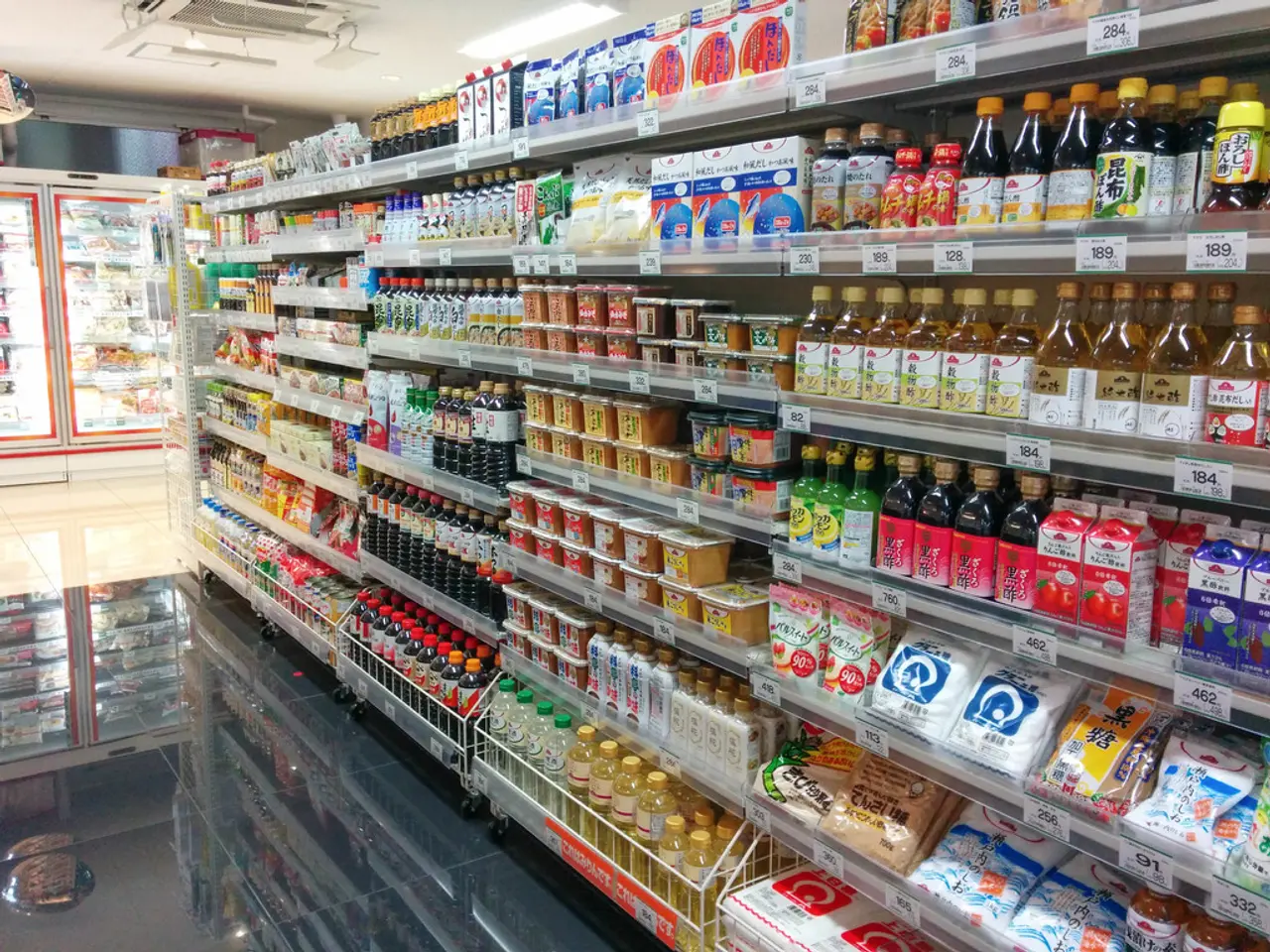Inflation surge driven primarily by profit margins escalation
In the folklore, when wages and inflation synchronized, especially in high-inflation scenarios, economies sank into a dangerous cycle known as a lethal price spiral. This happens when businesses hike up their product prices to cover labor costs, triggering a repetitive loop. The story leaves out one critical element: what happens when prices rise, but wages don't follow suit.
Top economists sound the alarm over such a situation. Recently, the Bank for International Settlements, also known as the "central bank of central banks," released a report stating that this price spiral is fueled by companies' attempts to preserve their profit margins.
"The clout companies have in price setting, measured by the gap between prices and costs, reached record highs," the report’s authors contend. This isn't necessarily an issue in controlled inflation, but in a high-inflation environment, wider profit margins could exacerbate the price spiral, as businesses focus more on aggregate prices when setting their own. In simpler terms: maintaining high profit margins during periods of escalating input costs (caused by wars, bottlenecks, or other factors) could intensify inflation.
Research shows that this is indeed the case. According to the Economic Policy Institute, from the pandemic's onset until the end of 2021, margins accounted for nearly 54% of the increase in U.S. product prices, while labor costs contributed less than 8%. Notably, this contrasts sharply with the average for the 1979-2019 period, where labor costs accounted for about 62% of the rise.
Isabel Schnabel, a member of the European Central Bank’s Executive Committee, agrees, admitting in a tweet thread that "profits were a key driver of inflation." She also posited that if wages were to rise, "higher company profits could lead to a rise in wages" and another price spiral could start.
However, contemporary data from Spain reveals that wage growth in collective bargaining increased by only 2.4% between January and April, while the average CPI during that period stood at 7.9%. This suggests that other incomes, such as pensions, which automatically rise at the same rate as the IPC (the annual average registered in November), might shoulder the burden, avoiding the feared inflationary spiral.
In a speech, Jerome Powell, President of the Federal Reserve, emphasized the importance of wages in the current economic climate, stating that labor markets are "tight" and there is "labor shortages," which contribute to fast wage growth. Yet he believes that wages should increase at a sustainable rate, as a rapid pace may not be consistent with low inflation.
Despite some central bankers expressing concerns about the wage factor, studies and reports, such as the one from the Bank for International Settlements, argue that current institutional changes have led to a less favorable environment for price spirals compared to the past. This shift is due to labor reforms, loss of union power, and the challenges faced in collective bargaining. Hence, the potential for a price spiral is remote, as the relationship between wages and prices has diminished considerably in recent decades.
Finance experts have raised alarms about a potential price spiral in high-inflation environments, pointing out that companies' efforts to preserve profit margins can exacerbate the issue. According to the Economic Policy Institute, from the pandemic's onset until the end of 2021, margins accounted for nearly half of the increase in U.S. product prices, while labor costs contributed less than 8%. This suggests that businesses, rather than wages, could be a significant driver of inflation in such scenarios.





